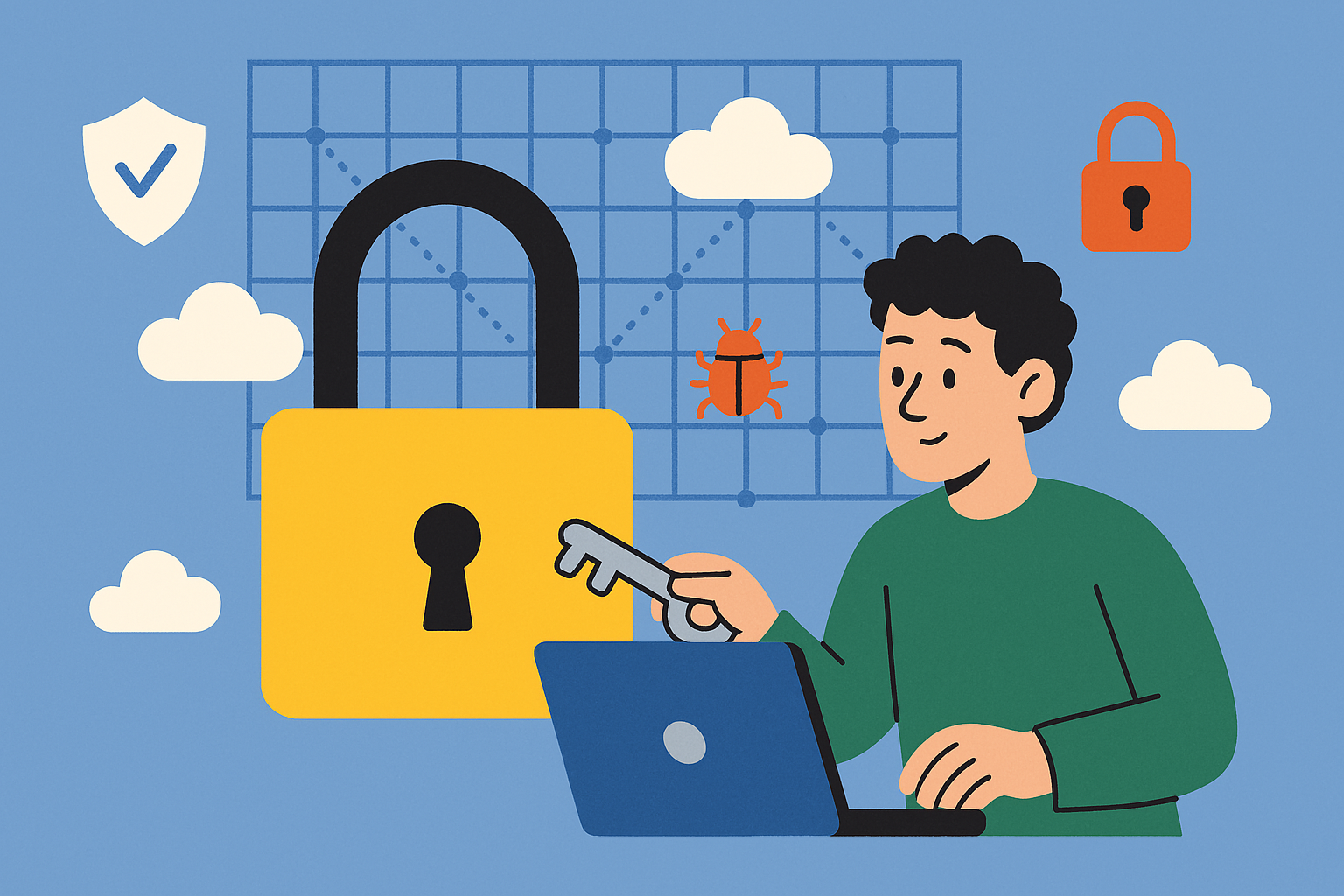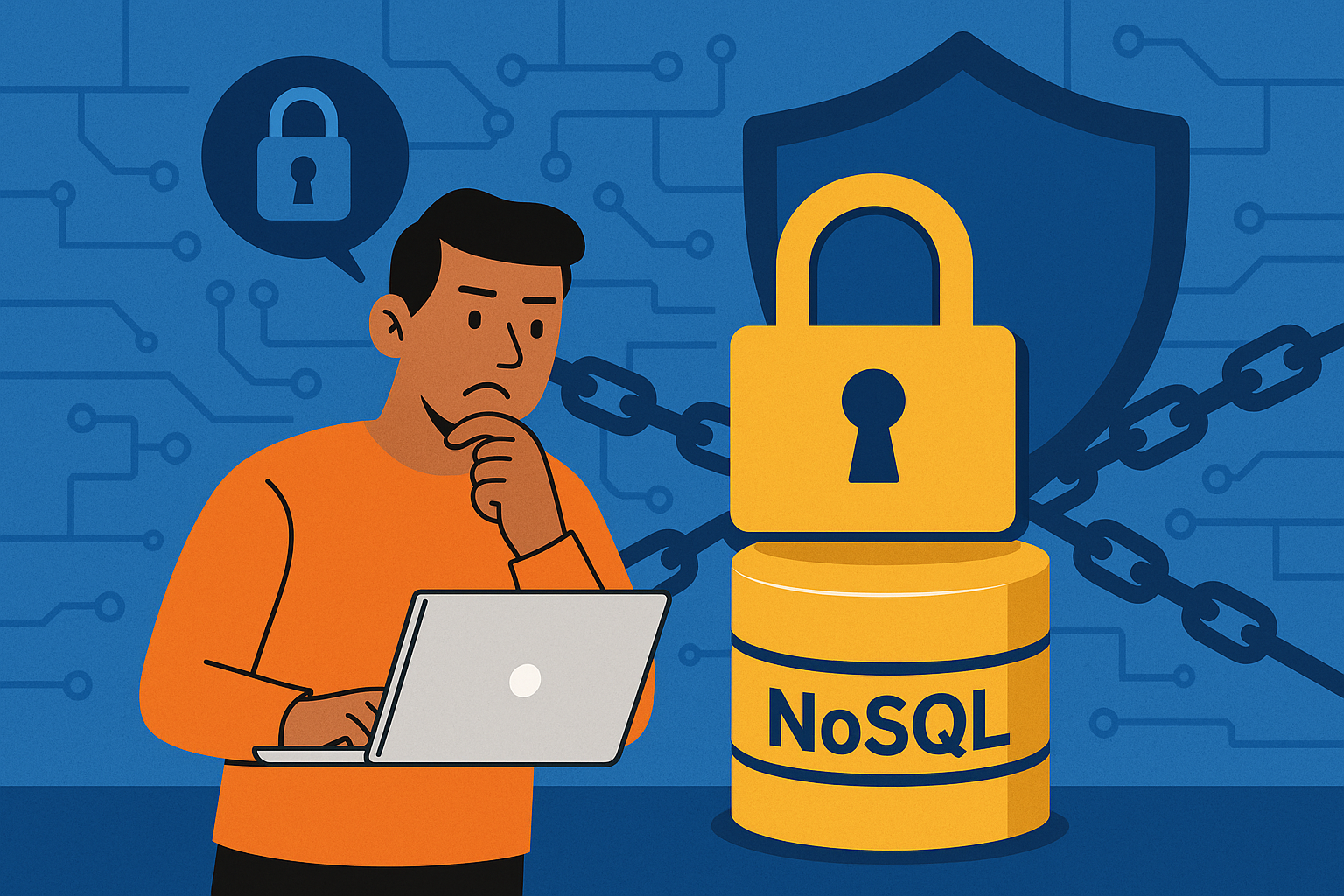Setting the Stage
Data is often described as the new oil a precious resource that powers the modern business landscape. It fuels real-time analytics, machine learning algorithms, and even critical decision-making processes at the highest levels of an organization. While its value is unquestionable, it's easy to overlook the intricate systems that enable this data-driven era. One such vital system is Extract, Load, Transform (ELT), which serves as the backbone for data management and utilization.
This system, however, is not devoid of vulnerabilities. With data breaches making headlines and strict regulatory frameworks looming large, the urgency to secure ELT processes has never been more acute. The dilemma faced by many organizations is akin to holding a double-edged sword; they cannot maximize the benefits of a data-rich environment without taking into account the myriad of security risks attached to it. This blog aims to offer a comprehensive analysis of these risks and the security measures that can mitigate them. So let's embark on this journey, unraveling the complexities of ELT security, and offering actionable insights into creating a robust, secure ELT infrastructure.
The Anatomy of ELT Pipelines and Points of Vulnerability
An ELT pipeline is essentially a conduit for data to flow from various source systems to a central data warehouse. It begins with extraction, where data is pulled from diverse sources such as databases, CRM systems, or even social media platforms. This data then bypasses the traditional staging area and goes directly to the data warehouse for loading. Finally, transformations take place, converting raw data into a format suitable for analytics and reporting.
At each of these steps—Extraction, Loading, and Transformation—there exist multiple points of vulnerability. During extraction, you are pulling data from various sources over a network, opening the possibility for man-in-the-middle attacks or data interception. The loading phase involves the risk of bottlenecking the data warehouse with too much incoming data, not to mention the internal threats posed by unauthorized or disgruntled employees. The transformation stage is another area where data is exposed, often decrypted temporarily for manipulation, making it susceptible to both insider and outsider threats.
Real-world Security Breaches in ELT
Understanding these risks is not merely an academic exercise. The headlines are replete with instances of high-profile data breaches. Let's consider a case where an attacker gained unauthorized access to a data warehouse. Not only did they steal sensitive customer information, but they also manipulated the data transformation rules to corrupt the analytical process, causing severe financial and reputational damage to the company. In another example, data being transmitted to a data warehouse was intercepted because of inadequate encryption measures, leading to a leak of proprietary business intelligence.
Such incidents serve as stark reminders that security is not to be taken lightly. Each case points to a different stage in the ELT process where inadequate security measures resulted in a breach. By studying these past failures, we can identify weak points in the pipeline and apply targeted security solutions.
Human Errors and Misconfigurations
It's essential to acknowledge the role of human error and misconfigurations in compromising ELT security. According to cybersecurity experts, a substantial number of breaches are the result of mistakes such as failure to patch security vulnerabilities, improper access controls, or leaving databases exposed. Therefore, ELT security is not just about countering malicious attacks but also about designing the system to be resilient against unintentional vulnerabilities.
Third-Party and Supply Chain Risks
Lastly, we must consider the risks associated with third-party vendors and supply chain components integrated into the ELT process. Whether it's the software used for data extraction or the cloud services hosting your data warehouse, third-party elements can introduce vulnerabilities. The infamous SolarWinds breach has taught us that supply chain attacks can have far-reaching impacts, affecting not just a single organization but a whole ecosystem of businesses that rely on compromised software or services.
In summary, the landscape of ELT security risks is varied, complex, and ever-evolving. The hazards range from cyber-attacks and internal threats to human errors and third-party vulnerabilities. Each point of risk requires a unique set of countermeasures, often involving multiple layers of security protocols and continuous monitoring. Knowing the terrain enables you to navigate it more safely, making it critical to analyze and address these risks proactively.
Data Encryption in Transit and At Rest
One of the most straightforward, yet effective, ways to protect data is encryption. Data in transit is often exposed to various risks, including interception and unauthorized alteration. Similarly, stored data is not safe from internal or external threats. Bruce Schneier, a well-known security technologist, remarked, "Data is a toxic asset, we need to start thinking about it as such, and treat it as we would any other source of toxicity." This statement captures the essence of why encryption is vital—it acts as a sort of "seal" that ensures the integrity and confidentiality of data throughout its lifecycle.
Encryption isn't just a luxury but a necessity, often mandated by regulatory frameworks. Whether it's SSL for data in transit or advanced schemes like AES for data at rest, encryption minimizes the risk of unauthorized data access. A compromised data pipeline can leak not just valuable business insights but also sensitive customer information, making it paramount to apply comprehensive encryption methods robustly.
Identity and Access Management (IAM)
The next layer of security consideration is controlling who has access to your data and what operations they can perform—a function fulfilled by Identity and Access Management (IAM). The principle of least privilege (PoLP) posits that individuals should have only the bare minimum levels of access—or permissions—to perform their duties. This is where IAM strategies like role-based access control (RBAC) and attribute-based access control (ABAC) come in.
RBAC restricts system access based on roles within an organization, while ABAC considers additional attributes like the time of day or network location to dynamically allow or block access. Both these strategies are not mutually exclusive but often work best in tandem. By establishing stringent IAM protocols, organizations can effectively minimize the risk of internal data breaches, which, according to multiple studies, are as prevalent and damaging as external ones.
Data Masking and Tokenization
Often, data needs to be used for development, testing, or analytics without exposing the sensitive bits. This is where techniques like data masking and tokenization become incredibly valuable. While encryption makes data unreadable, tokenization and masking preserve the data format and thus its utility for business analysis.
Tokenization replaces sensitive data with tokens that have no intrinsic value, thus adding a layer of security, especially for Payment Card Industry (PCI) or Personally Identifiable Information (PII) data. Masking, on the other hand, obscures specific data within a database, rendering it inaccessible for unauthorized users. These techniques can be crucial, especially in the transformation phase of ELT, where data is often exposed in an unencrypted state for processing.
Audit Trails and Logging
Maintaining comprehensive audit trails and logs is like having security cameras in a physical building—it's all about surveillance. This not only allows for real-time monitoring of all activities within the ELT pipeline but also enables forensic analysis should a breach occur. Some of the most influential data security advocates champion for transparent and robust logging mechanisms that capture every operation on the data. These logs become a single source of truth during incident reviews, helping organizations pinpoint vulnerabilities and take corrective measures swiftly.
Threat Detection and Monitoring
The need for ELT security doesn't operate in a vacuum; it's part of a larger ecosystem of data governance and compliance mandates. Regulations like the General Data Protection Regulation (GDPR), California Consumer Privacy Act (CCPA), and Health Insurance Portability and Accountability Act (HIPAA) have clauses that directly or indirectly mandate stringent data security measures, including in ELT processes. As a result, your ELT security strategy must align with both internal data governance policies and external legal requirements to ensure compliance while mitigating risks.
The Future of ELT Security
The landscape of ELT security is not static; it's rapidly evolving. With the advent of machine learning algorithms capable of identifying anomalous patterns and artificial intelligence systems that can predict potential threats, the future looks promising but challenging. It's a constant race between improving security measures and the sophistication of the threats they aim to counter. Therefore, continuous adaptation and improvement are not just beneficial; they are essential for ensuring that the ELT process remains a secure and robust backbone for any data-driven organization.
Develop a Holistic Security Posture
The journey through the multifaceted realm of ELT security illuminates one undeniable truth—there's no silver bullet. There is no single solution that will comprehensively address the myriad of challenges and risks facing organizations as they extract, load, and transform data. Instead, what we find is a layered security model that requires a multi-pronged approach, aligning both with the technological landscape and the ever-changing regulatory environment.
Data, being an asset of immense value, is naturally a target for malicious activities. Ensuring its security within the ELT process, therefore, goes beyond mere compliance or the utilization of individual security tools. It's about developing a holistic security posture that permeates every facet of the organization—from the IT department to the C-suite. This involves continuous risk assessment, regular updates to security protocols, and a commitment to stay ahead of emerging threats.
Moreover, securing ELT processes should be seen as a dynamic endeavor that evolves with the technological landscape. With advancements in AI and machine learning offering both opportunities and challenges, organizations must be agile in adapting their security measures. In a world driven by data, the need to secure this data has never been greater.
As we journey deeper into the data-centric era, the role of ELT processes continues to gain prominence. Each step towards leveraging data to fuel business growth must be balanced by a corresponding step in fortifying the walls that protect this valuable resource. It's a continuous, challenging, yet absolutely necessary endeavor. Our exploration today serves not just as a handbook but as a call to elevate the conversation on ELT security—a conversation that should be ongoing, adaptable, and above all, prioritized.
 is now
is now


